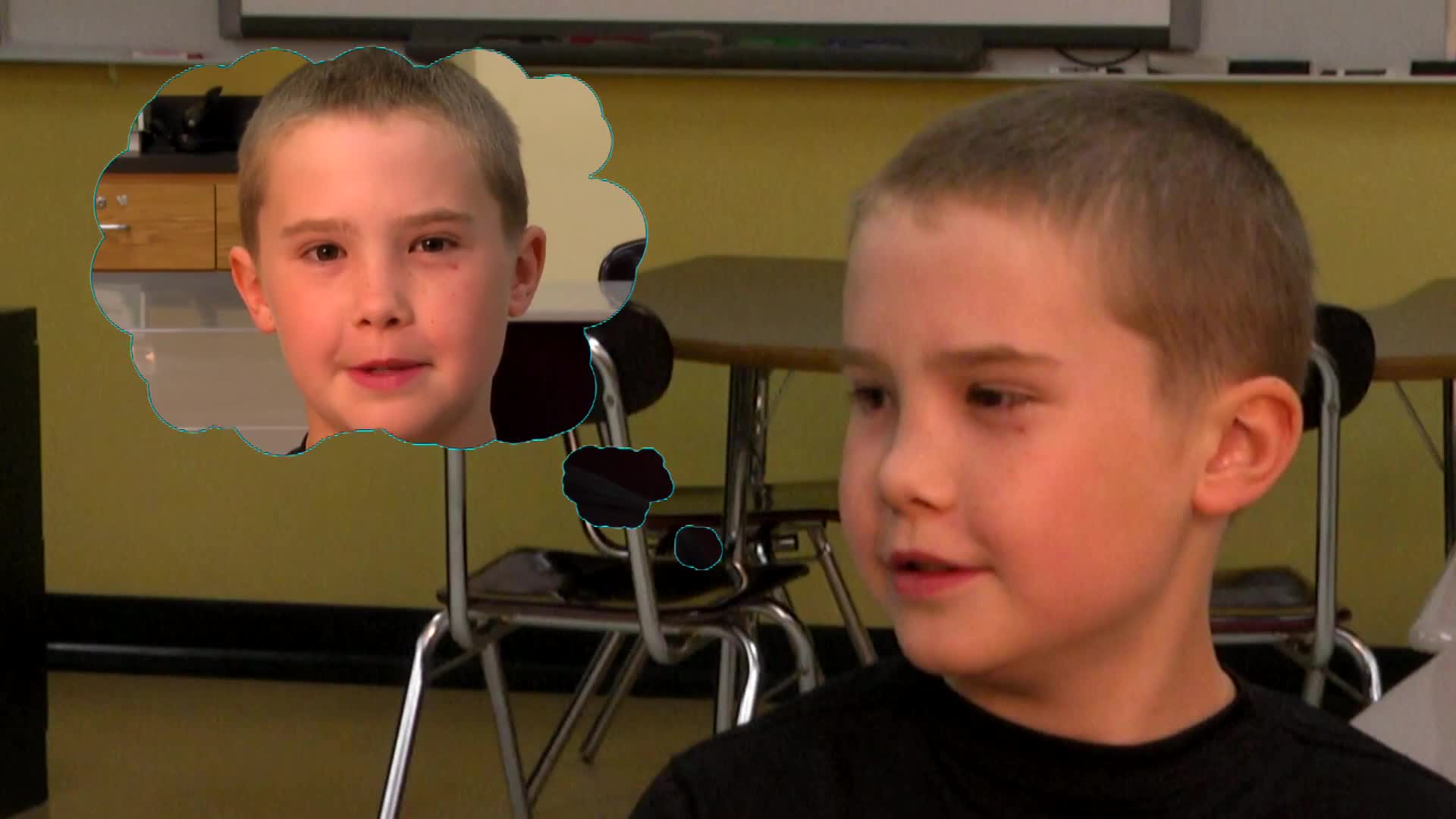
Eye contact is an essential social skill that plays a crucial role in successful communication. It helps convey interest, attentiveness, and respect, and establishes trust between conversation partners. For students in special education, developing this skill can significantly improve their interactions and relationships with others. In this blog post, we’ll explore the importance of eye contact, a no-prep activity to practice it, discussion questions, related skills, and next steps for educators to support their students.
Introduction
Making eye contact means looking at the person you’re having a conversation with, whether you’re speaking or listening. It demonstrates that you’re actively engaged, interested, and paying attention to the other person. When students with special needs learn to make eye contact, they can better understand social cues, respond appropriately in various situations, and foster more meaningful connections with others.
No-Prep Activity: Eyes on Me
This simple, no-prep activity can help students practice making eye contact in a fun and engaging way:
- Have the students sit in a circle, with the educator standing in the center.
- The educator should start by making eye contact with one student and saying, “Eyes on me.”
- The student should respond by making eye contact with the educator and saying, “Eyes on you.”
- The educator should then make eye contact with another student and repeat the process, encouraging each student to maintain eye contact for a few seconds before moving on.
This activity can be adapted to include more advanced verbal exchanges or role-playing scenarios as students become more comfortable with eye contact.
Discussion Questions
After completing the activity, use these questions to stimulate further discussions and help students reflect on the importance of eye contact:
- Why is eye contact important during conversations?
- How does it feel when someone doesn’t make eye contact with you? How do you think others feel when you don’t make eye contact with them?
- What are some situations where making eye contact might be especially important?
- What strategies can you use to remember to make eye contact during conversations?
- How can practicing eye contact help improve your relationships and communication with others?
Related Skills
Eye contact is just one component of effective communication and social-emotional learning. Here are some other related skills that can support students in special education:
- Active listening: Paying full attention to the speaker, acknowledging their feelings, and responding thoughtfully.
- Nonverbal communication: Understanding and using body language, facial expressions, and gestures to convey messages and emotions.
- Empathy: Recognizing and understanding the feelings of others, and responding with care and support.
- Assertiveness: Expressing oneself clearly and respectfully, while maintaining personal boundaries and respecting the rights of others.
- Conflict resolution: Identifying and resolving disagreements in a constructive and peaceful manner.
Next Steps
Teaching eye contact and other social-emotional skills can have a profound impact on your students’ ability to communicate effectively and build meaningful relationships. To help you provide the best support possible, sign up for free samples of skill-based materials and resources at Everyday Speech. You’ll find a wealth of tools, activities, and strategies to enhance your students’ social-emotional learning journey.

